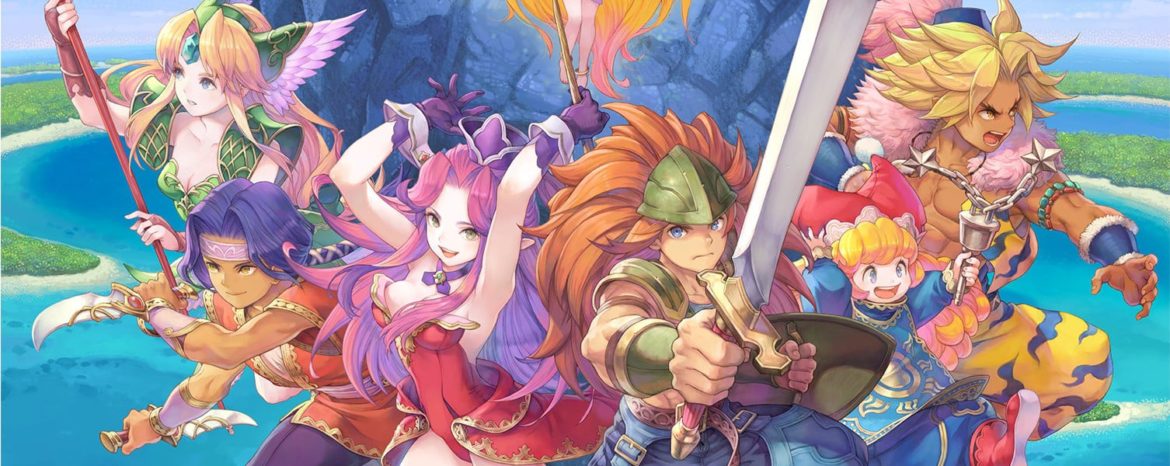TL;DR
Trials of Mana is a charming 3D remake of a 90s JRPG, featuring a classic quest to save the world with a diverse cast of six protagonists. While its story and tone are endearingly simple and reminiscent of its era, the cel-shaded graphics and remastered soundtrack offer a fresh coat of paint. Be aware, Normal difficulty is quite easy, so Hard might be better for a challenge. This remake is a delightful trip down memory lane for fans of classic JRPGs, offering a more niche but enjoyable experience. Curious to see if this retro revival captures your heart? Dive into the full review to find out!
Trials of Mana represents the second remake of a classic JRPG from the Mana series, following the 2018 remake of Secret of Mana. The current landscape offers numerous revitalized JRPGs, and hot on the heels of Final Fantasy VII Remake, players can now immerse themselves in another Square Enix classic, originally titled Seiken Densetsu 3.
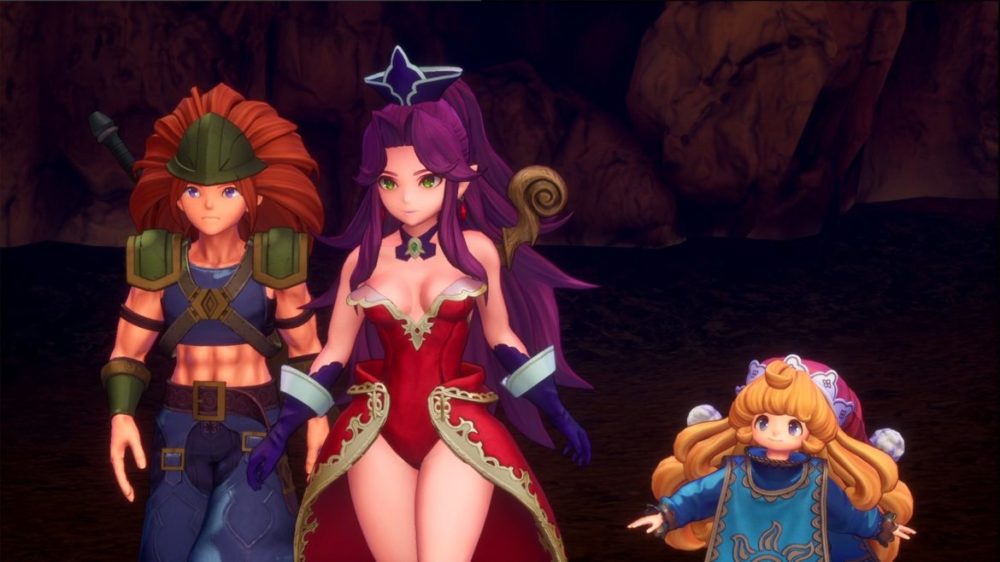
Full disclosure: I have no prior experience with the Mana series, nor any nostalgic attachment to it. I did not play the original Trials of Mana upon its 1995 release during the SNES era. This was partly due to its initial Japanese-only release (navigating RPGs without understanding the language presents a significant barrier), and partly because I was deeply invested in PC gaming at the time, with titles like Wing Commander 2 and Lucasfilm (LucasArts) adventures such as Monkey Island 2 and Indiana Jones: Fate of Atlantis. However, I have extensive experience with the JRPG genre and appreciate its breadth and diversity.
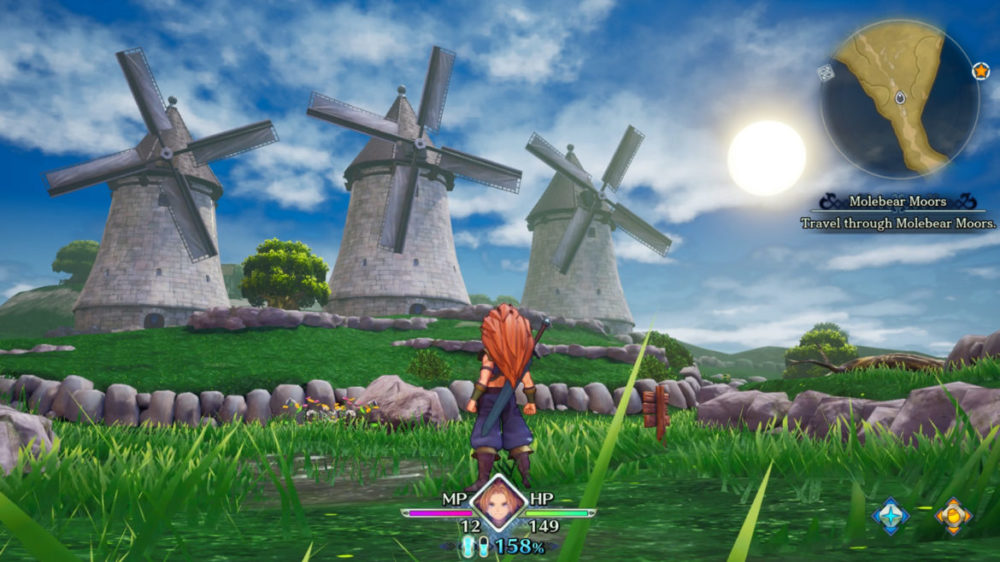
The narrative in Trials of Mana aligns with classic tropes for its era and genre: the magical mana tree is fading, weakening the power that binds eight demons within magical crystals. Players choose a protagonist from six distinct characters, each possessing unique abilities, appearances, and backstories, and embark on a quest to locate the Sword of Mana, which holds the power to restore balance. Throughout the journey, players encounter other characters who join their party, with opportunities to explore their individual storylines, a welcome addition.
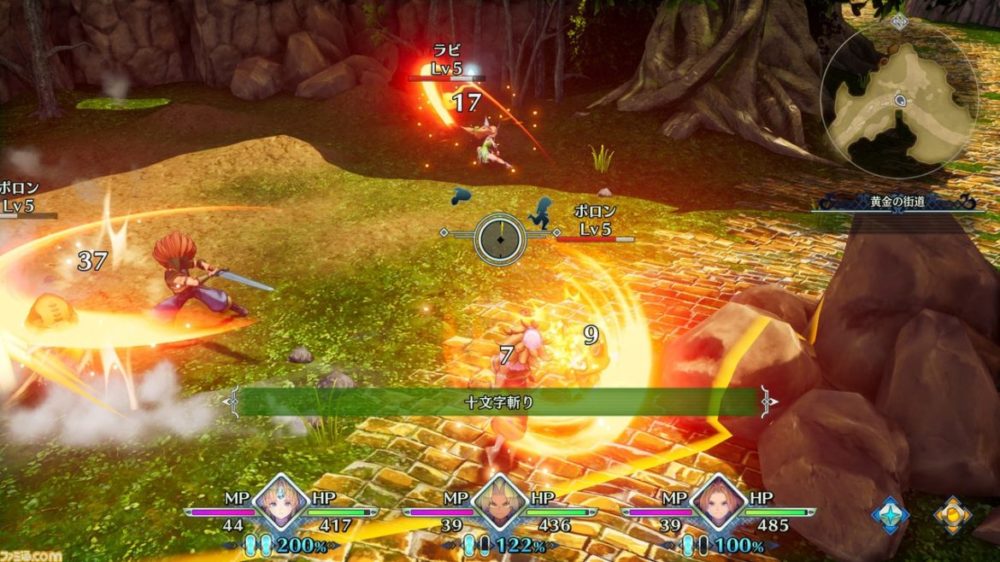
The 3D remaster of Trials of Mana offers a significant audio-visual upgrade compared to the original’s pixelated, isometric perspective. It incorporates a free-moving 3D camera and cel-shaded graphics, a style reminiscent of Zelda: The Wind Waker. The soundtrack presents a mixed experience; the remastered version is highly recommended, while the synth loops retain their potentially grating quality, similar to their presence as chiptune music in 1995. The game exhibits an endearing innocence characteristic of its time, and while some storylines may feel somewhat simplistic or juvenile by contemporary standards, there’s an inherent, refreshing sincerity to the experience. Given that the protagonists are young individuals, the straightforward narrative approach feels appropriate. The voice acting is generally competent in both English and Japanese, and the story’s inclination towards lightheartedness contributes to a naive, fairy-tale ambiance.
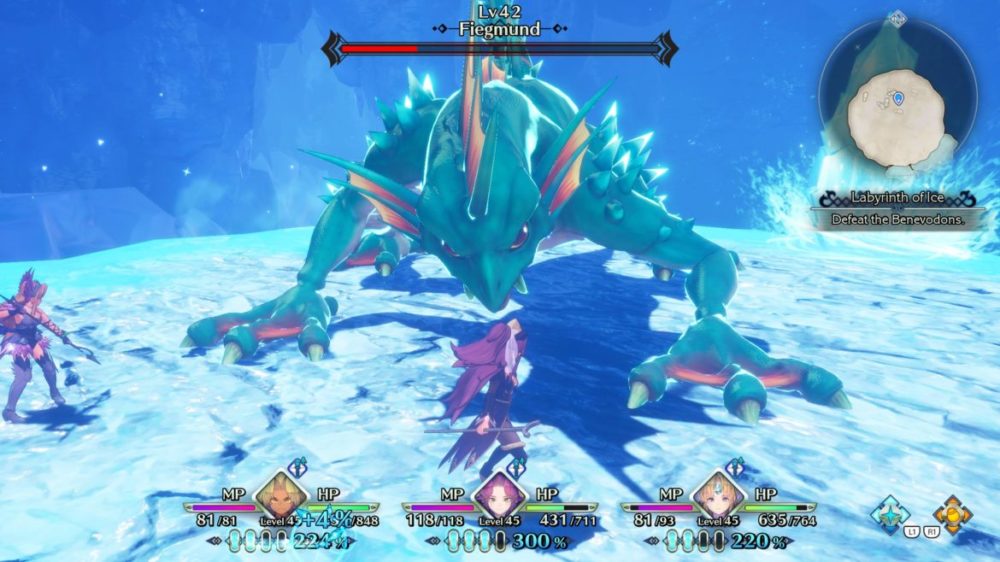
The game’s accessibility may also be perceived as geared toward a younger audience, particularly regarding its difficulty. On the Normal setting, the game presents a relatively easy challenge, often resulting in an abundance of health items and readily available in-game currency, as well as generous EXP bonuses. Therefore, despite the typical recommendation to experience games on their intended “Normal” difficulty, players seeking a more engaging challenge may find the Hard difficulty setting more suitable.

From a visual standpoint, Trials of Mana retains a contemporary feel; however, its setup, tone, script, and music serve as reminders of its origins. The game possesses a distinct charm that resonates with enthusiasts of 1990s JRPGs. Its retro aesthetic is intentional, differentiating it from large-scale, high-budget projects like the Final Fantasy VII Remake, which represents a multi-year investment with significant sales figures (3.5 million units in three days). Trials of Mana is a more niche, charming, and decidedly retro Japanese action RPG primarily appealing to established fans of the genre. While it may not be an essential gaming experience, it provides enjoyable gameplay. I consider it a superior remake to Secret of Mana (despite the latter’s initially higher rating, opinions can evolve). I recommend it particularly to players who appreciate classic Japanese role-playing games and, perhaps, those who have experience with the original title.
